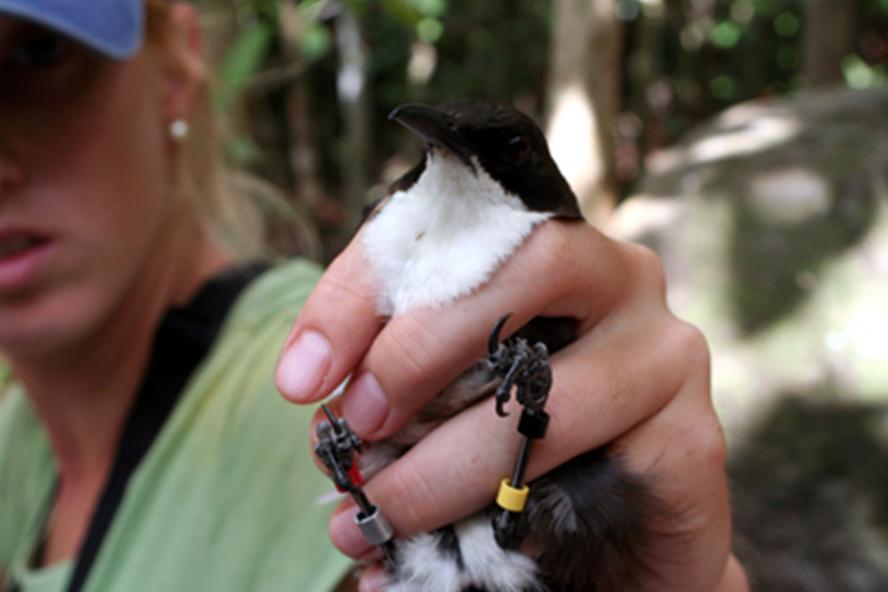Animal Behavior, Physiology, and Conservation
Researchers working on animal behavior have only recently entered the field of conservation biology. Their presence is important because of the wide variety of ways behavior contributes to population persistence, risk, and recovery.
Along with restrictions imposed on conservation by a species' behaviors, however, there exist a wide variety of behaviors that can be manipulated to achieve particular conservation goals.
In particular, research needs to be done relating to how behavior might be understood or manipulated to address, or partially address, species' conservation, including:
- using behavior to evaluate ecosystem health,
- increasing reproductive success and
- survival,
- facilitating movement (among populations or through corridors),
- increasing the accuracy of population viability analysis,
- facilitating species translocation or reintroduction, and
- reducing loss of genetic variability.

Some techniques are well developed and used widely, while others have not been developed or used at all.
My research in this field focuses on how behavior affects dispersal and movement behaviors, and their potential effects on population viability. One particularly interesting avenue of research on this topic has been to evaluate the effects of habitat degradation on physiological stress; this work has been done in collaboration with Michael Romero, who is also in this department.